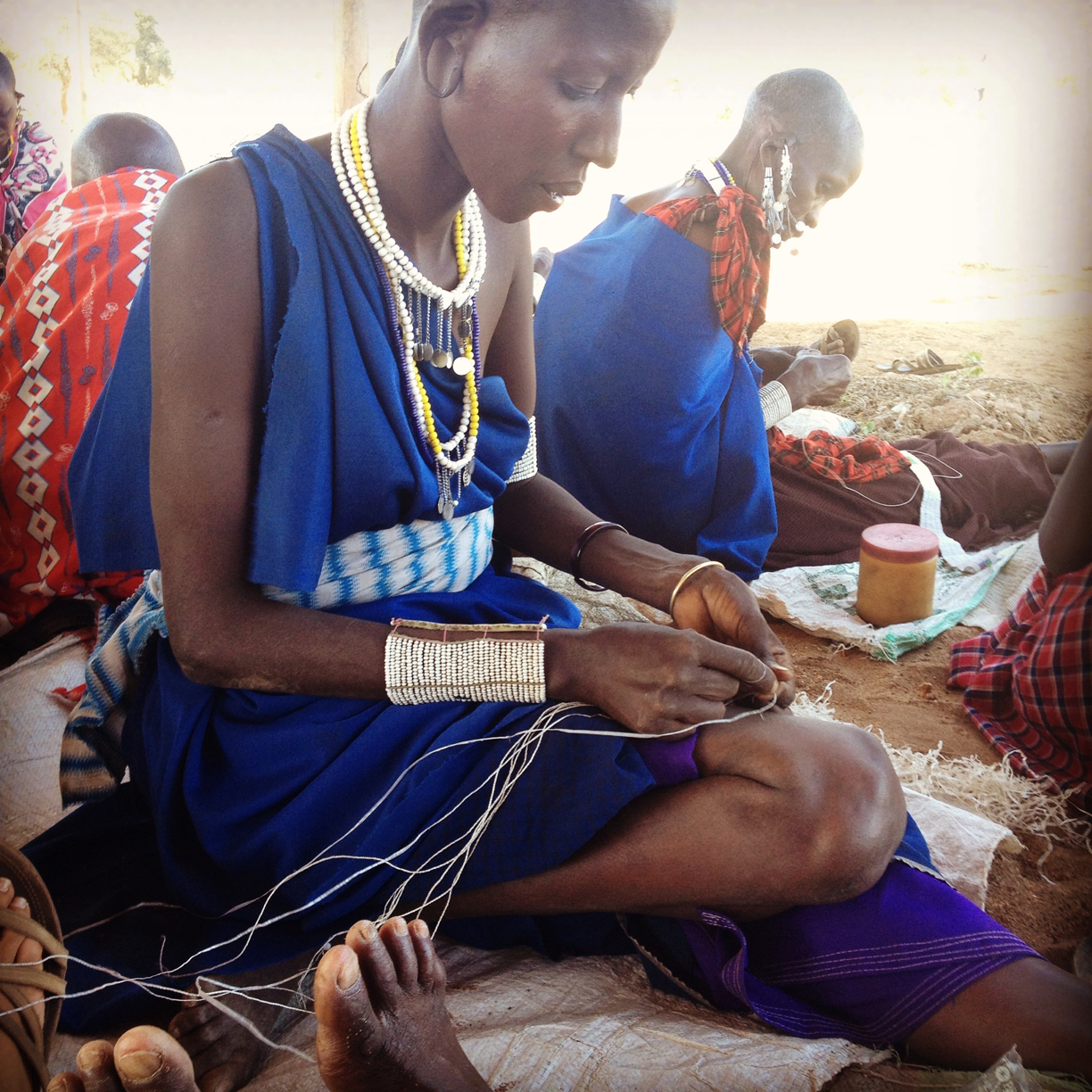Eight Months, Four Countries, An Immersive Cultural Experience for Independent Travelers Ages 18-22
Gap Year Overview
Designed for students ready to build relationships and connect with ancient cultures, our Tribal Gap Year offers a unique balance of supported structure and true independence. Extended farm-based homestays in each location provide immersive experiences in sustainable farming, ceremonies, rituals, art, and music.
In this program, each individual student experiences the benefits of a trip grounded in meticulous planning and also the benefits, and thrills, of independent world travel.
This is a truly unique gap year program that will help you learn about yourself in a profound way - it will give you a deep sense of connection and open your mind to human potential, challenge, resilience, and the power of relationship.
When you arrive and settle into each new culture with its people and landscape, you begin to experience first hand that, at our core, all human beings are the same. We are of one large tribe that has adapted to survive different environments. It is not only possible, but vital, for the future of this world that our youth explore the concepts of tribal identity and to experience connection to our wider, human tribe, across cultural divides.
The Four Elements of Study in Each Culture
Ritual and Ceremony
The coming of age and the transition into adulthood in the community, weddings, funerals, births, and birthdays. Over the course of a two month stay in each location, Gap Year students have the opportunity to participate and observe significant moments in tribal culture.
Sustainability & Farming
Gap Year students study the types of food grown and farming methods, resource management, and the influence of western methods and traditional wisdom.
Husbandry
The role and care of domesticated animals is a significant cultural element, closely related to agriculture yet a distinct set of practices often intertwined with religion and belief.
Art and Music
Connecting to the culture through art and music, Gap Year students explore the sounds, colors, forms, and expressions unique to each of the four communities around the globe.
Our Gap Year Countries
Tanzania and the Maasai
Based in Longido with a Maasai tribe, Gap year students will work side-by-side with people of Tanzania. There are a variety of ways for students to get their hands dirty during their stay — from building a playground at a village school, to gathering water and milking goats, days will be full and fulfilling.
During a weekend excursion, students will experience the raw beauty of Tanzania as they embark on a safari adventure and live with a tribe at their boma. By continuing to go Outwards they will then discover the waterfalls near Mt. Kilimanjaro and experience sustainable practices of farming in the area. Students will have the opportunity to attend a ceremony of some kind (a wedding or a boma gathering of singing and dancing.)
Peru and Q'ero Tribe
Our base is the indigenous community and the Q’ero tribe high up in the Andean mountains of Cusco. They are a small community of farmers, weavers and medicine people. The Q’ero looked for refuge in “villages in the clouds” following the invasion of Peru by the Spanish Conquistadors almost five hundred years ago and remain there to this day. They were “discovered” in 1949 by the anthropologist Oscar Nunez del Prado, who led the first expedition to the Q’ero villages in 1955.
Nepal and the Sherpa Foundation
In Nepal the student will be staying in two locations during their time. They will begin at Maitreya Pathshala ” Future Buddha’s School” Waldorf inspired School in Pokhara. This community is dedicated to working with the land and the children. They run a biodynamic farm and also a preschool- third grade school. The student will become part of the community working on the land and also in the classrooms.
The second half of the time in Nepal works with the Sherpa Foundation and Himalayan Friends Trekking. The Gap Year student will learn first hand about Himalayan culture and traditions at the base of Mt. Everest with traditional family. They will work in the fields harvesting potatoes to spend time with monks as well as one of the Monastery that Sherpa Foundations built to soaking up the culture and language in the small village of Lukla, Nepal.
Spain~ El Camino and Western Culture
The Tribal Gap Year ends in the “developed” country of Spain. This is an important contrast to experience for optimal self-discovery and learning. Initially based in Madrid with a homestay family, the expedition concludes by walking the El Camino de Santiago. This is a traditional right of passage and it has been a sacred pilgrimage for centuries of European culture.
““I think I will always be someone who likes to have my plans figured out for the future, but I’ve become a little more relaxed knowing that if I’m confident I’ll figure it out. I’m so incredibly happy I chose to take a gap year before going to college, and I know for sure I would have regretted it if I didn’t. I’ve also been able to adjust to change much better since I started my gap year and since Peru especially.
I feel that it’s essential for personal growth and development, to see the world first-hand instead of through books or the internet, and to meet new people with all sorts of different backgrounds. I know Peru was a wonderful experience for me because I’m extremely sad to be leaving. I’m a different person on the inside as well. I would recommend Gogi Abroad’s Tribal Gap Year in a heartbeat.” - Arianna, Tribal Gap Year student ”















